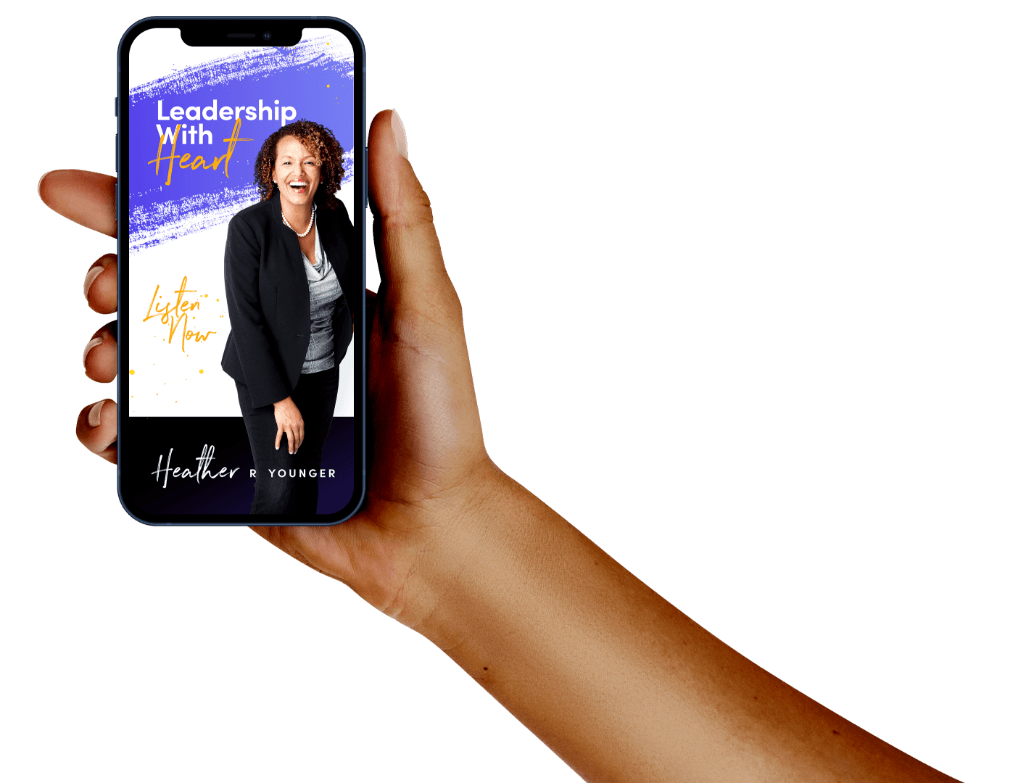Most people think that active listening is simply opening our ears to hear what someone is saying to us, and then asking them questions. But there’s so much more than that. Some leaders tend to approach situations with preconceived notions, and we all know there’s that part of human nature that makes us feel more comfortable, prepared, and in control this way. But these notions, assumptions, or biases will make it difficult for you to listen on a deeper level and see each member of your team accurately. Instead, you may see the person how you want to see them, not how they actually are. When you practice active listening and have empathy as a leader, you enter into every discussion with an open mind, allowing yourself to be surprised about what you hear, learn, and find.
Listening is a Gift
When I started writing my upcoming book, The Art of Active Listening, I thought about how the listening process affects relationships throughout our life, especially within the workplace. So I created a model that will transform how you approach listening at work in order for everyone to feel heard, understood, and valued. Not only is this a trait you can add to your leadership tool belt to continually build upon, but you can take along with you throughout every walk of life.
When we listen to someone, it’s a gift. It’s worth it to us, then, to get this listening thing right, because it has the potential to heal so many of the divides between us.
Actively listening to one another establishes trust and allows us to demonstrate concern when needed. It involves paying uninterrupted attention to the conversation and taking the time to understand what the person on the other side of the conversation is discussing. The “active” element involves taking steps to draw out details that might not otherwise be shared.
The #1 Productivity Hack
Active listening is the number one productivity hack when it comes to inclusive leadership. Getting to the bottom of what your people are really saying will help you understand what they need and want in order to build a productive workplace culture. Leading with presence, listening with intention, asking questions, and being open to expressing emotions and mindfulness are all encompassing here. The key is to tune into your nonverbal body movements.
When you listen and listen properly, you aren’t just waiting until it’s time to give your opinion or respond. You’re listening with the intent to ask questions or share a similar experience so that the person knows that you truly understand what they are sharing with you. Using nonverbal cues throughout the discussion such as nodding, eye contact, and leaning in will show that understanding without the words. However, you can also use brief verbal affirmations like “I see,” “I know,” “Sure,” “Thank you,” or “I understand.” Following up with open-ended questions, such as “What changes would you like to see?” or asking specific questions will aid in seeking a deeper understanding and clarification.
Reflection
Think about a time in your career where you felt like you weren’t heard, seen, or valued. How did that make you feel? Hurt? Judged? Maybe it even made you defeated, causing you to feel unmotivated. This is why active listening is so important in the workplace. It redirects focus from what is going on inside of your head to the needs of the person you’re talking to. Because when those needs are met, the outcome of the conversation ends on a positive note and doesn’t leave the other person questioning themselves.






